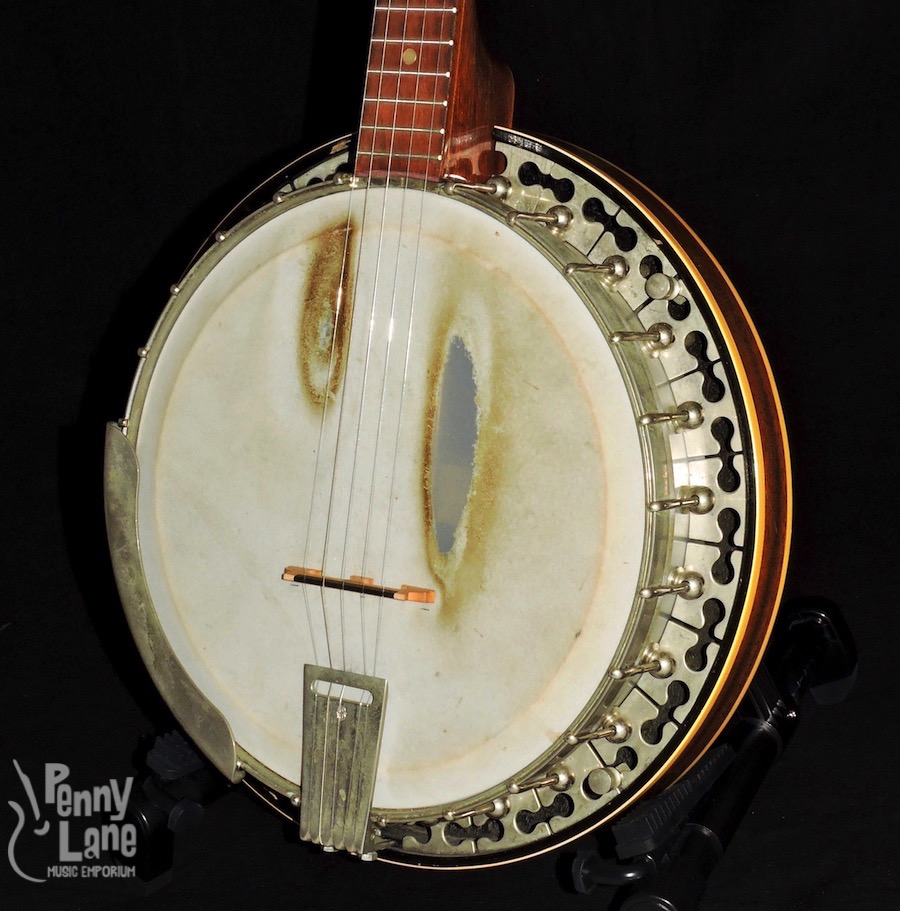
Baldwin Ode Banjo Serial Numbers
Feb 08, 2012 1971-1974 Baldwin ODE Banjo. 1971-1974 Baldwin ODE Banjo. Skip navigation Sign in. Baldwin ODE 5-strings style B Banjo theflopmule. Unsubscribe from theflopmule? My Banjo Bio; My Banjos Over The Years; Plectrum Banjo Instruction. Baldwin, Baldwin-Ode, and Ome banjos.). The serial number on the dowel stick has been.
Bacon Banjo Company Serial Numbers A Summary of Bacon Serial Numbers by Ed Britt Copyright © 2003 All rights reserved. (From my forthcoming, yet-to-be written, magnum-opus - David L. Day, and the Transitional Bacon Banjos) Editor's note: There was never a 'Bacon & Day Company' nor for that matter a 'B & D Banjo Company.' It was always called the Fred Bacon Manufacturing Company, or the Bacon Banjo Company, or some variant thereof. The 'D' of 'B&D' was in fact David L.
Day, but his name was never part of the company name. While the bulk of the information contained here is from Ed Britt, I have added a few things, and responsibility for errors is mine.
In two and a half years, peaking at #40 on the and #37 on the singles chart. Peak for the song, at #26. A 12' dance version featuring an extended remix of the Branigan-penned B-side, 'Tenderness', as well, gave her highest U.S. Laura branigan spanish eddie free download.
MIH The 'Bacon' and the 'B&D' models were numbered consecutively - from Bacon's start in 1906 (#1) to it's sale to Gretsch in 1939/40 (approx. 1906 - 1920 The early Bacon banjos, made from 1906 to 1920 were produced for Fred Bacon by several makers, including: Fairbanks-Vega, Wm Lange (Orpheum), and Fred's own workshop - in Forrest Dale, Vt. 1913 Earliest reference to Forrest Dale, VT address in catalog. Actual maker at that time is still unknown, although later banjos were probably made or assembled there. 1920 - 1940 Serial numbers were at approximately #5xxx - when the Groton, Connecticut works were started in April, 1920. 1920 Bacon announced 2 arched top, carved mandolins. 1922 David L.
Day left Vega and joined the Bacon Banjo Company. 1923 Serial numbers were approximately #9xxx - when the Silver Bell was introduced. 1930 appear stating 'available in March.' 1931 Serial numbers were approximately #29,xxx - when the 'new generation' Symphonie, Sultana, and Senorita were introduced. 1938 Serial numbers were approximately #35,xxx - when the famous Hurricane of 1938 (Sept), closed the Groton works. 1938 - 1940 At first, The Bacon Company contracted with Gretsch to produce banjos for them.
Author: Karan Sagar Country: Mauritius Language: English (Spanish) Genre: Software Published (Last): 1 September 2012 Pages: 478 PDF File Size: 9.74 Mb ePub File Size: 12.4 Mb ISBN: 173-5-96698-134-4 Downloads: 78767 Price: Free* [ *Free Regsitration Required] Uploader: Core Java: An Integrated Approach: Covers Concepts, programs and Interview Lots of Simple programs. JavaScript seems to be disabled in your browser. Download core java black book by nageshwar rao pdf printer software.

There are some transitional instruments made by Gretsch - from late 1938 to early 1940 (probably from existing stock) - which carry Bacon serial numbers, and Bacon stamps. 1940 Gretsch purchased the Bacon Banjo Company in early 1940. 1940 - 1965 Sometime around 1939 -1940, Gretsch apparently restarted their OWN serial numbers at #1 - on guitars, at least. It's unclear whether the Bacon/B&D banjos were included in this renumbering scheme, at this particular time. 1939/40 - 1965 From 1939/40 (#1 - or #001?) to 1965 (approx. #84xxx) Gretsch supposedly numbered all guitars consecutively.
My observations suggest that at some point - in the early 1940's - the Bacon banjos also began to conformed to this scheme. 1950s/60s During the 'Folk Boom', Gretsch produced a line of 5 string, open back banjos with both regular and extra-long necks. These all had black plastic laminate peghead overlays with 'Bacon' in outlined, block letters and a small, metal plate engraved tacked below it. These appear to have their own serial numberig scheme.
1964/65 - 1970 From around 1964/65 to 1972, Gretsch used a different serial format showing, Month/Year/Production Number (3-4 digits), stamped as follows: MYNNN or MYNNNN - (Month = 1-9 - with 3 or 4-digit production number) MMYNNN or MMYNNNN - (Month =10,11,12 - with 3 or 4-digit production number) (It's unclear whether the 3-4 digit 'production number' is the total production for the Month - or for the Year.) • # 31197 would have been made: March, 1971 #197 • BUT. #121197 could be made in either: Dec, 1971 #197 - OR: Jan, 1972 #1197 1966-67 Gretsch stopped active production of Bacon and B&D banjos, around 1966-67 when Baldwin (Gretsch's parent company, at that time) bought the ODE Company. However, some Bacon/B&D stock was still seen on 1970 price lists. Problems Due to the various renumbering schemes, there are many Gretsch-made 'Bacons' and 'B&D's'- with 3-digit, 4-digit, and 5-digit serial numbers - which are often mistakenly identified as being made anywhere from 1910 to 1940. For example: • #297 could have been made around 1908, or in the early 1940's • # 2197 could have been made around 1913, the late 1940's, or Feb, 1971 #97 • # 31197 could have been made in the early 1930's, 1960, or March, 1971 #197 It's fairly easy to tell a 1910 Bacon Professional, from a 1940's celluloid covered banjo - due to obvious stylistic differences. But it can be very difficult to tell apart some Groton-made Bacons, and B&D's, of the 1930's - from the later, Gretsch-made ones - because the models and certain stylistic details carried over into the Gretsch period.